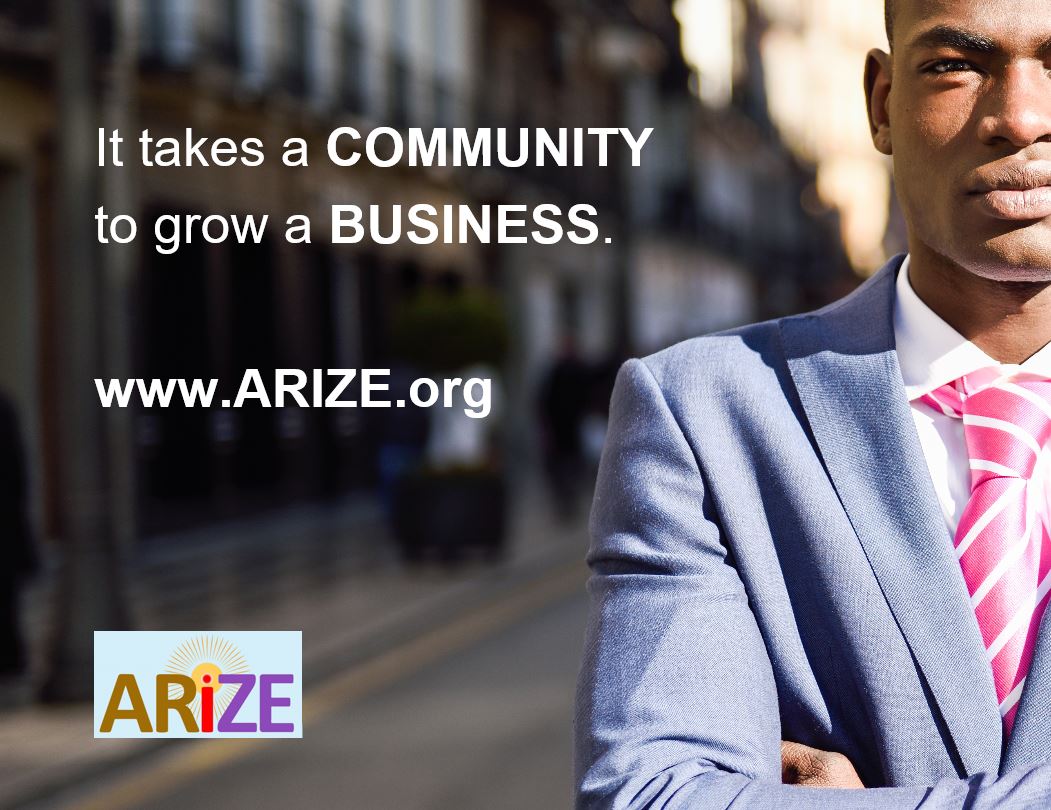NEEDS ANALYSIS:B. Homeownership Disparities & Obstacles The CIS seeks to form innovative partnerships and employ a key method for wealth creation: increasing ownership of quality affordable housing, which will provide low-income Californians a pathway out of poverty, and contribute to the revitalization of neighborhoods where they live. The American Dream of owning a home is indeed strong in the Golden State, but high demand and short supply has made prices unbearable for the poor, working class and even most of the middle class. The convergence of landmark climate change, land use and transportation policies in California – AB 32 (Nunez) and SB 375 (Steinberg) – has increased desirability, investor interest, market demand and costs for livable, walkable and less automobile dependent neighborhoods; which have traditionally been low income communities of color. While the intent of these policies are to promote economic growth, environmental protection and equity, the implementation process has not prevented wholesale gentrification in California’s major inner city areas. Without support for community engagement and resources to address the issue, populations that have been displaced and marginalized by gentrification have little to no capacity to do anything about it. According to the Public Policy Institute of California, the reality is that just under 40% of California’s Latinos and African Americans are homeowners, compared to the national homeownership rate of 64.8% for all Americans. California median home prices have risen by $120,000 in the last three years, once again putting them out of reach of most households in the state. The median sales price for homes in California – the middle-priced home in a ranked list - was $393,000 in January 2015, according to real estate tracking firm, Zillow.com. A household would need to make about $78,000 a year to reasonably afford a home at that price, assuming a 20 percent down payment. Almost two thirds of the state's households make less than $78,000, according to the U.S. Census Bureau. California’s median household income in 2012, when adjusted for inflation, was $57,020. Asians had the highest income, at over $76,000, Latino income was $42,000, and African Americans earned the least at $36,012. Non-Hispanic whites made almost $68,800 (Source: U.S. Census Bureau report, “Income, Poverty and Health Insurance Coverage in the United States: 2014). California’s median household income is down 9.5% from an inflation-adjusted peak of $62,998 in 2006; income for the median American household declined 7.1% over the same period. Across education levels, households headed by an adult with a college degree had a median income $50,399 higher than those headed by a high school graduate. In the most readily available statistics on actual wealth in California by race (Source: California Research Bureau, Distribution of Wealth in California, 2000 / Released November 2003), 45 percent of African Americans and over 38 percent of Latinos in the state live in households where the combined wealth (value of assets owned by households less any debts on those assets) of all the household members is under $3,925. While Whites comprised about half of the California population in 2000, they held more than 80 percent of the total household wealth in the state. Fully 31 percent of American wealth is in home equity, and Americans of color have 61 percent of their wealth in home equity, according to the Greenlining Institute. Historically, people of color have had lower homeownership rates than whites, a legacy of past discrimination and redlining, the illegal but once common practice of denying mortgages or other services to communities based on race, income or location. In the foreclosure crisis that exploded in 2008, communities of color were hit hardest and suffered the worst setbacks in terms of both homeownership rates and household wealth. In many cases this happened because communities of color were targeted for predatory practices, including high-cost, deceptively packaged subprime loans. California’s net shortfall of 1.5 million housing units is, in part, attributed to antiquated tax laws, environmental extremism, counterproductive governmental regulations, and the elimination of redevelopment agencies and enterprise zones. The Greenlining Institute has found that if Californians had the same homeownership rate as the rest of the nation, there would be 1.5 million more homeowners and over 2 million additional well-paying jobs. Moreover, communities of color would not be facing such high unemployment, and persistent generational poverty. As far as land resources are concerned, the state has over 2 million acres of readily usable land. Over 100,000 infill sites exist, many in urban areas, that alone could produce a million units or more of new affordable housing. In 2012, the Legislature passed Senate Bill 535 (De León) directing that, in addition to reducing greenhouse gas emissions, a quarter of the proceeds from California’s Greenhouse Gas Reduction Fund (GGRF) must also go to projects that provide a benefit to disadvantaged communities. A minimum of 10 percent of the funds (an estimated $2 billion annually) must be for projects located within those communities. The legislation gives the California Environmental Protection Agency responsibility for identifying those communities. Greenhouse Gas Reduction Funds are administered by state and local agencies for a variety of greenhouse-gas cutting programs, including energy efficiency, public transit, low-carbon transportation and affordable housing. In order to maximize the benefits of GGRF for transit-oriented development in disadvantaged communities, it is critical that the stakeholders in these communities be educated about GGRF resources, have the capacity to engage in the fund administration and disbursement process, as well as be able to partner with government, industry, academia, financial and other enablers. |
OVERVIEW
FOCUS AREAS TRIPLE BOTTOM LINE COLLECTIVE IMPACT: THE FIVE CONDITIONS FOR SUCCESS SUMMIT PROCESS INTRODUCTION TO THE NEEDS Lack of Access to Capital and Markets Homeownership Disparities and Obstacles Workforce Development and Diversity Challenges Quality of Life In California’s Inner Cities SPONSORSHIP OPPORTUNITIES |




